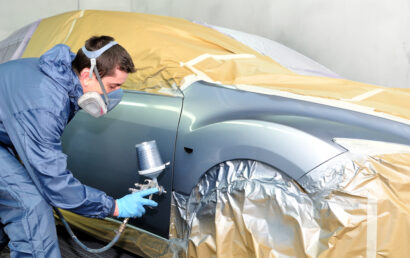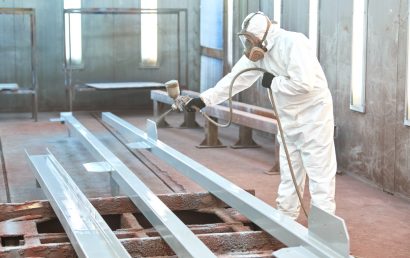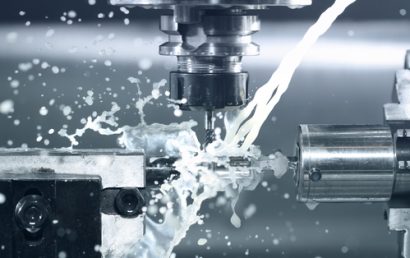The Evolving Faces Of Plasma Spray Coatings
Providing beneficial thermal barriers to components and other surfaces, TBCs, thermal barrier coatings, provide the opportunity for lower cooling requirements and higher operating temperatures. Solution precursor plasma spray approaches, electron-beam physical vapor deposition, and plasma spray coatings are some of the most commonly used for metallic substrate TBC application. Here we’ll take a look at TBCs, plasma spray coatings, and more, and how they have evolved through the decades.
Plasma Spray Coatings and TBCs
But first things first – what are plasma spray coatings? It is a process used for coating (covering) substrates (components and other surfaces) with a precise material(s) through the thermal spray technique. It produces a high-quality coating by using the following in combination:
- High particle velocities
- Argon or some other relatively inert spraying medium
- High-energy heat source
- High temperature
Introduced into the plasma jet, feedstock (the material to be deposited or sprayed) commonly exist as wire, suspension, liquid, or a powder. It emanates from a plasma torch. The material is melted in the jet, where temperatures are exceedingly high, and toward the substrate in question is propelled. Rapidly solidifying and forming a deposit, the molten droplets flatten out. Now, as coatings on the substrate, the deposits remain adherent. Influencing the interaction of the substrate, plasma jet, and the particles, are a large number of technological perimeters. Deposit properties can be influenced as well. Included in these parameters are the following: substrate cooling, torch offset distance, energy inputs, flow rate, plasma gas composition, feedstock type, and more.
While we’re at it, let’s clear up one more thing. “Plasma spray” and “thermal spray” are not exactly synonymous. To describe a variety of coating processes, the general term of “thermal spraying” is used. Flame combustion spraying, arc spraying, HVOF spraying, and, yes, plasma spraying, are all included within the process of thermal spraying.
The Evolution of TBCs
Through the years, thermal barrier coatings have improved. As a result, higher temperatures can exist during operation, surfaces are better protected against corrosion, erosion, and other detrimental effects, parts can be rebuilt (rather than replaced) to the nth degree, and more… things that simply weren’t as advanced in the beginning days of plasma spray and the thermal spray process. One of the reasons for the advancement of TBC’s is the selection of materials coming into use as technology progresses and research continues. Better, more compatible, stronger, and generally enhanced materials for spraying improves not only the process but the finished product.
The entire process of thermal spaying is also cleaner, more efficient, and safer than ever before courtesy of technological advancements. As thermal spray, plasma spray, and other techniques and materials continue to improve, so do the characteristics of the parts and surfaces upon which they are sprayed.
Today, far more severe performance constraints and function demands are put upon thermal barriers, TBCs, plasma sprays, etc. than ever before. With the thermal mechanical atmosphere being so exceptionally aggressive, even more improvements are bound to happen at an astounding pace in coming decades.
Plasma Spray Coating Professionals
When it comes to thermal spray, plasma spray coating, and anything involved with them, the technicians, researchers, and representatives of A&A Coatings are experts. We have, after all, been doing this for over 70 years and have significantly impacted and assisted nearly every industry under the sun in one manner or another.
We can help improve your company’s bottom line through the use of thermal spray. Maintenance costs can be lessened, parts costs can be reduced, and downtime decreased through the use of our techniques and materials. Contact us today to find out more.



